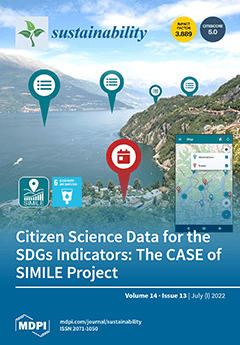Nowadays, great attention has been attributed to the study of runoff and its fluctuation over space and time. There is a crucial need for a good soil and water management system to overcome the challenges of water scarcity and other natural adverse events like floods and landslides, among others. Rainfall–runoff (R-R) modeling is an appropriate approach for runoff prediction, making it possible to take preventive measures to avoid damage caused by natural hazards such as floods. In the present study, several data-driven models, namely, multiple linear regression (MLR), multiple adaptive regression splines (MARS), support vector machine (SVM), and random forest (RF), were used for rainfall–runoff prediction of the Gola watershed, located in the south-eastern part of the Uttarakhand. The rainfall–runoff model analysis was conducted using daily rainfall and runoff data for 12 years (2009 to 2020) of the Gola watershed. The first 80% of the complete data was used to train the model, and the remaining 20% was used for the testing period. The performance of the models was evaluated based on the coefficient of determination (
R2), root mean square error (RMSE), Nash–Sutcliffe efficiency (NSE), and percent bias (PBAIS) indices. In addition to the numerical comparison, the models were evaluated. Their performances were evaluated based on graphical plotting, i.e., time-series line diagram, scatter plot, violin plot, relative error plot, and Taylor diagram (TD). The comparison results revealed that the four heuristic methods gave higher accuracy than the MLR model. Among the machine learning models, the RF (RMSE (m
3/s),
R2, NSE, and PBIAS (%) = 6.31, 0.96, 0.94, and −0.20 during the training period, respectively, and 5.53, 0.95, 0.92, and −0.20 during the testing period, respectively) surpassed the MARS, SVM, and the MLR models in forecasting daily runoff for all cases studied. The RF model outperformed in all four models’ training and testing periods. It can be summarized that the RF model is best-in-class and delivers a strong potential for the runoff prediction of the Gola watershed.
Full article





